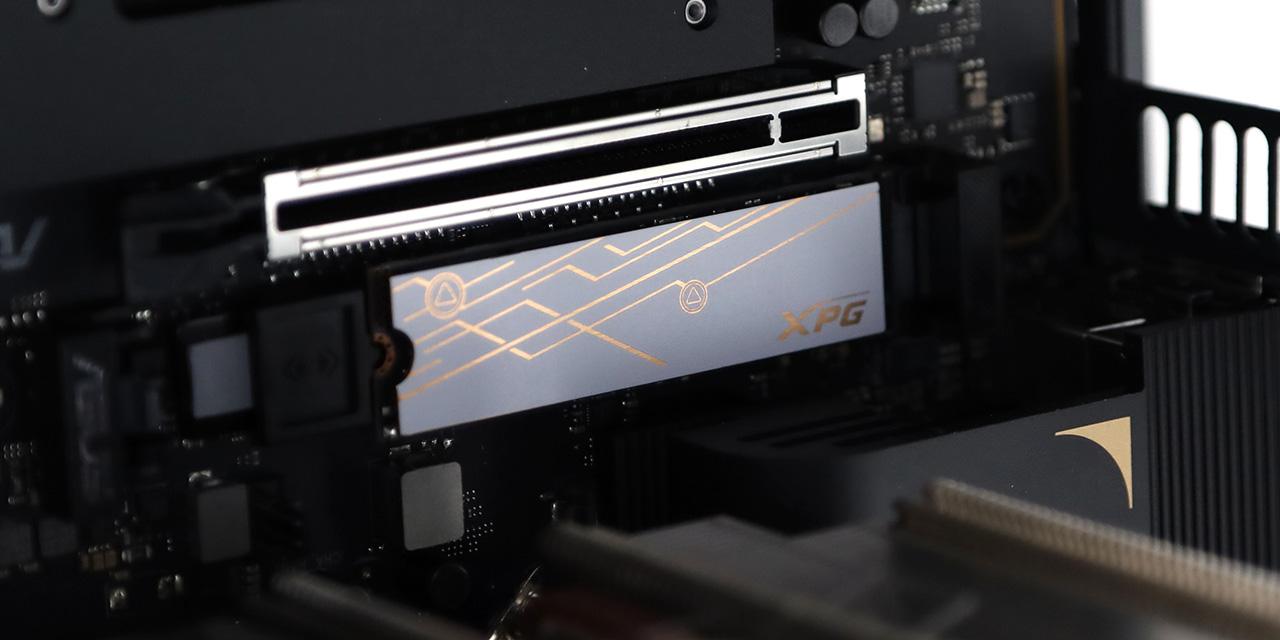Page 9 - Power Usage, Overclocking

The G92 core is actually very power efficient, as we can see from our charts above. Please note that the load conditions cannot be measured against no graphics card since the entire system is under load, and as such the CPU which will not limit to only graphics card power consumption. However, these figures are accurate against each other besides the 'None' value as 129W as a place filler. With that in mind, the Gigabyte 8800GT's power consumption reached a maximum of 238W from 166W -- which is very good. Gigabyte likes to promote their lower RDS(on) MOSFET design, quality solid capacitors, and low power loss ferrite core design. It's reflected on the chart when the power consumption it's around 10W lower in comparison to the Asus 8800GT TOP that's based off the reference NVIDIA design.

Using Gigabyte's Gamer HUD overclocking software, we've risen the voltage to 1.2V on the 8800GT TurboForce to see what kind of results we can get. This piece of software from Gigabyte allows you to raise the voltage from 1.1V to 1.2V; with GPU, Shader, and Memory overclocking options as standard. On the side are two graphs to monitor GPU usage and temperature.
The maximum stable overclock we were able to attain for the core is 820MHz at 1.2V -- which is quite incredible considering the NVIDIA G92 core for 8800GT cards are designed to run at only 600MHz. Gigabyte's factory overclock runs it up 17% from stock, while we were able to pull an impressive 37% from NVIDIA specifications and 17% from Gigabyte factory settings.

While the stock shader clock is designed to run at 1.5GHz, Gigabyte had it at 7.8% faster than NVIDIA specifications. In terms of my overclocking, however, it took me a long time to find the maximum clock -- since I didn't expect so much overclocking headroom initially. At 2.12GHz, that's a mindblowing 41% overclock before our test system eventually started to show artifacts. This result also translates to a 23% over Gigabyte factory settings.

NVIDIA defines the minimum memory speed at 900MHz for reference NVIDIA designs. The Gigabyte GeForce 8800GT TurboForce's Samsung memory chips are actually designed to run at 1GHz, but in reality it's only 920MHz out of the box. The maximum overclock we were able to attain was 1060MHz actual (2120MHz effective), or 60MHz over Samsung specs (+6%), 17.4% over Gigabyte specs, or 17.8% faster than stock 8800GT cards. I actually expected a little more in this area, but I can't say I'm not totally impressed with the core and shader overclocks.
Page Index
1. Introduction, Specifications, Bundle
2. NVIDIA 8800GT Architecture
3. A Closer Look, Test System
4. Benchmark: FEAR
5. Benchmark: Prey
6. Benchmark: Half Life 2: Lost Coast
7. Benchmark: CS:Source HDR
8. Benchmark: 3DMark06
9. Power Usage, Overclocking
10. Noise Factor and Conclusion





